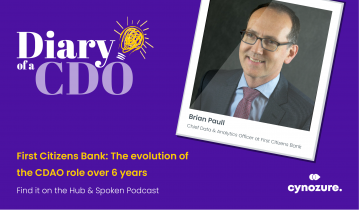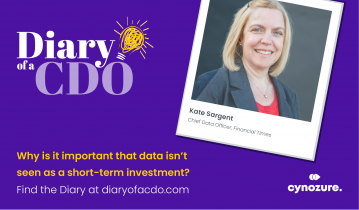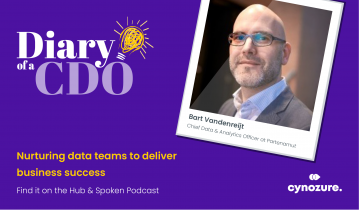Intro
It’s rare to find industry-wide consensus on any issue. However, the need for more women in data science is a notable exception. There is broad agreement that the industry needs a more diverse workforce – not just for reasons of gender equality, but also because of the compelling business case in its favour.
So how can we promote gender diversity in data science more effectively?
Diversity in data science | The business case for diversity
Increasingly, diversity is being seen as an essential ingredient to improve business outcomes – to which McKinsey’s 2015 Diversity Matters report attests. Reams of evidence are now emerging to support what many would argue is common sense – a greater diversity of viewpoints in teams is likely to lead to better solutions.
Speaking in Stanford News, Margot Gerritsen, director of Stanford’s Institute for Computational & Mathematical Engineering said, “People are screaming for good data scientists. Not tapping into 50 per cent of the population of our talent would, of course, be a very silly thing to do,” adding that understanding data science requires diversity.
Building workforces which are more gender diverse enables businesses to tap into a much richer pool of minds – from which we all stand to benefit.
We agree on the problem – so what’s the solution?
There is a growing sense of urgency that the talent pipeline problem facing data science, and the Science, Technology, Engineering and Maths (STEM) sector more broadly, requires urgent attention. There is general consensus as to the nature of the challenge. Our next hurdle is how to solve it.
Thankfully, this increasing awareness has seen a range of initiatives emerge which seek to address the gender imbalance in the sector. These include measures such as the Tech Talent Charter, for example. The Charter was launched in November 2015 and outlines key measures to encourage organisations to think differently and support a more diverse tech workforce.
Many of the ventures promoting greater involvement of women in STEM are female-led, but the importance of men’s voices cannot be underestimated. Blogging recently for Huffington Post, Co-Founder and CEO of Stemettes Anne-Marie Imafidon wrote, “Men’s voices are needed to be part of the chorus which inspires the next generation of women in STEM; allowing young women to know that they are needed and welcomed by a diversity of people in the industry – not just women. Men remain in the majority in STEM workplaces, and are therefore able to set and influence the tone in their work environments.”
Imafidon founded Stemettes in 2013 to encourage girls into careers in STEM. In addition to connecting girls to inspiring women in STEM, Stemettes also works to engage male voices – for example, a male panellist is always present at our regular panel discussion events. Ensuring that girls hear a range of voices encouraging them into the industry is key to improving the diversity of the talent pipeline.
Diversity in data science | A powerful and underutilised weapon
The big data and data science sectors also have a valuable, and as yet seemingly underutilised, weapon at their disposal – data itself. Big data can act as a powerful democratising force in promoting workplace diversity. For example, it is being used to make an increasingly compelling business case in favour of more balanced workforces, and to identify and nurture under-utilised talent. It is well worth the potential of big data to promote gender diversity being exploited further, as it can provide essential insights to support the creation of more representative workplaces.
The profile of women in data science is changing, and the need for gender diversity to be more actively promoted is moving higher up the sector’s agenda. Companies such as Cynozure are blazing a trail by working with frontline organisations such as Stemettes from the outset. This is a vital way of ensuring that businesses are not just delivering their designated product or service, but also nurturing the future of their industry. Partnerships such as this, and resources such as the Tech Talent Charter, are excellent ways for data science organisations to start contributing to a more gender-diverse workforce – as is paying greater attention to the untapped benefits which data itself can provide.
Jo Cruse is Stemettes’ Communications Lead
For more information about Stemettes, follow us on Twitter and Instagram, and like us on Facebook.







